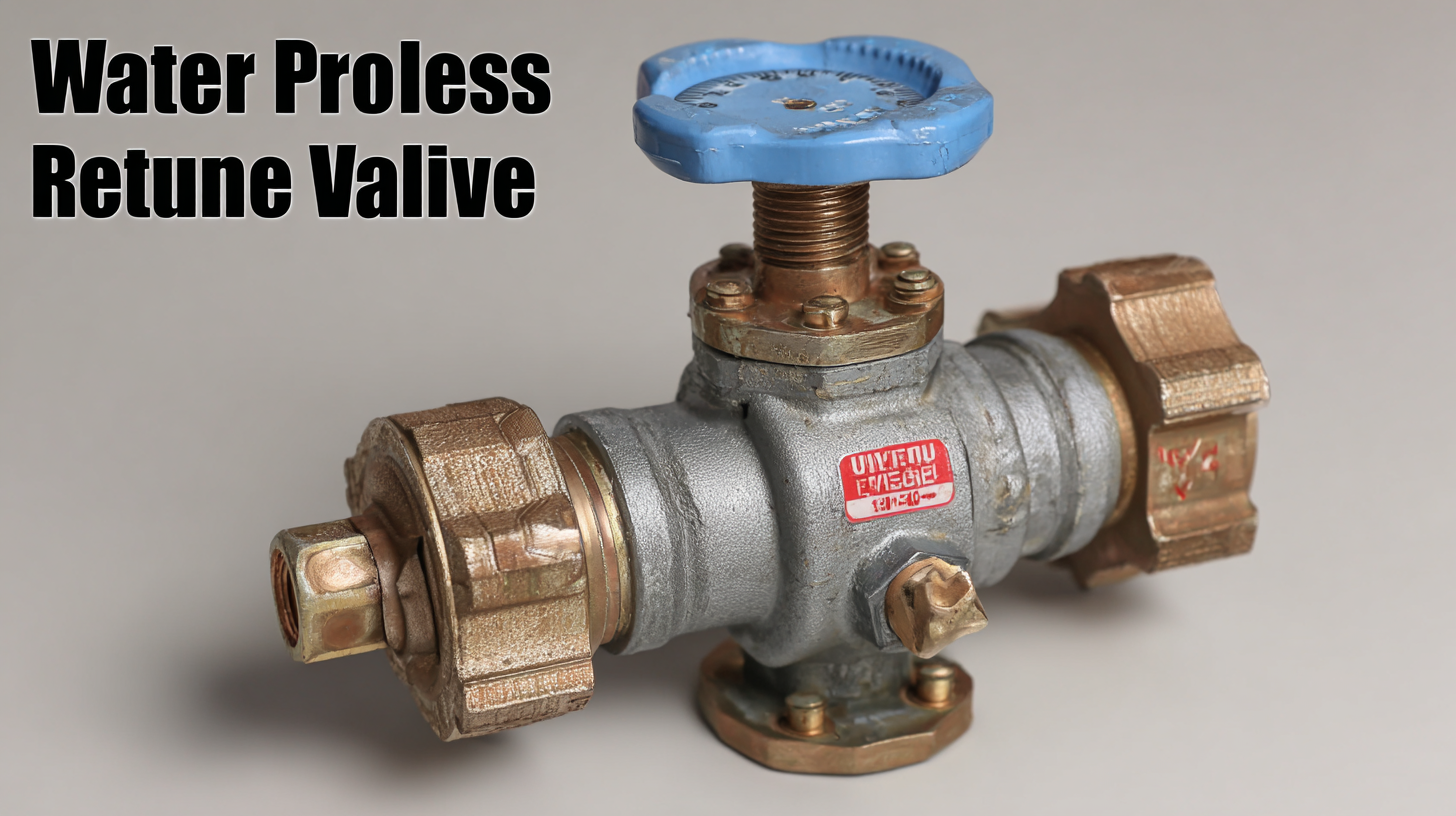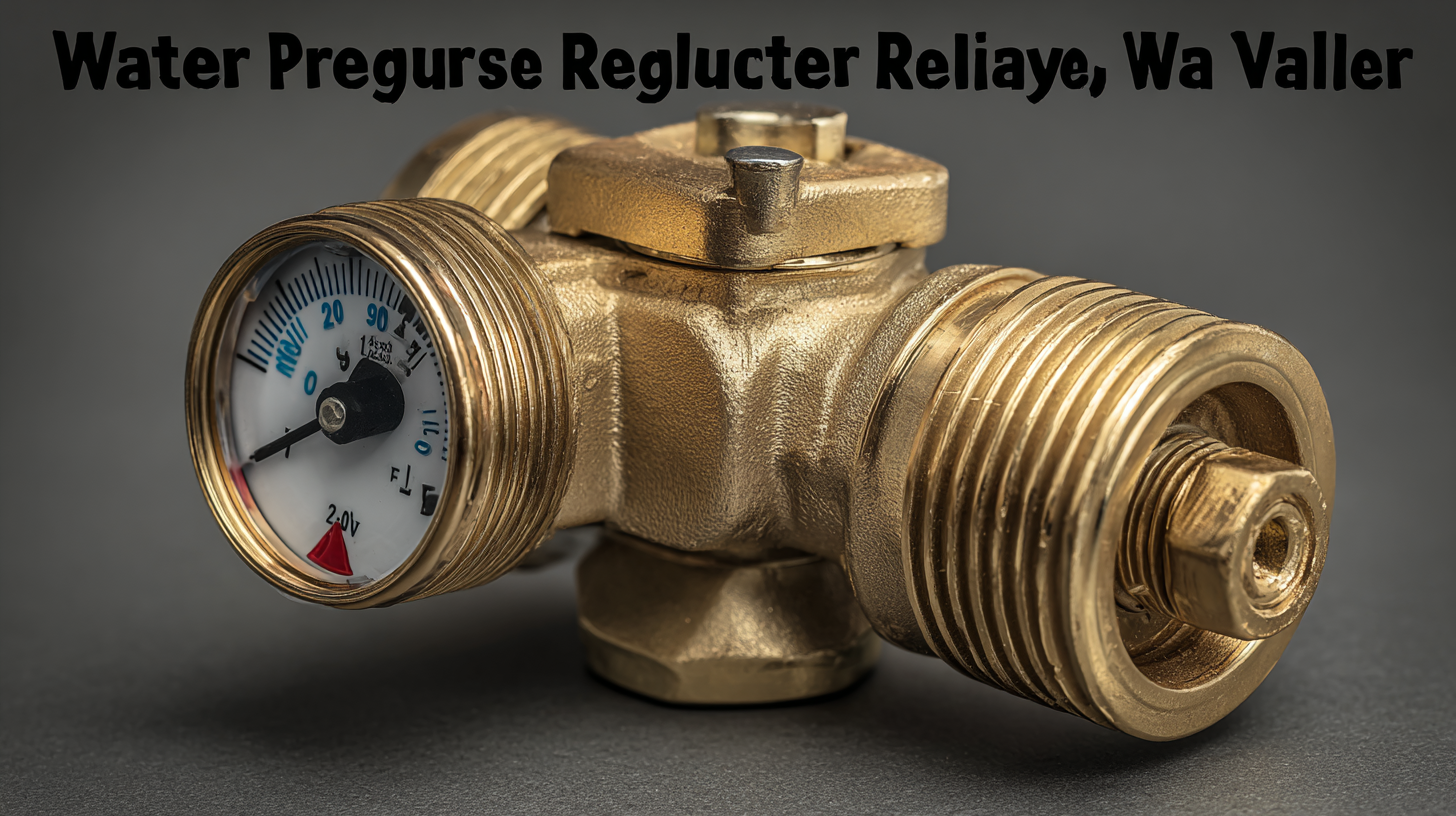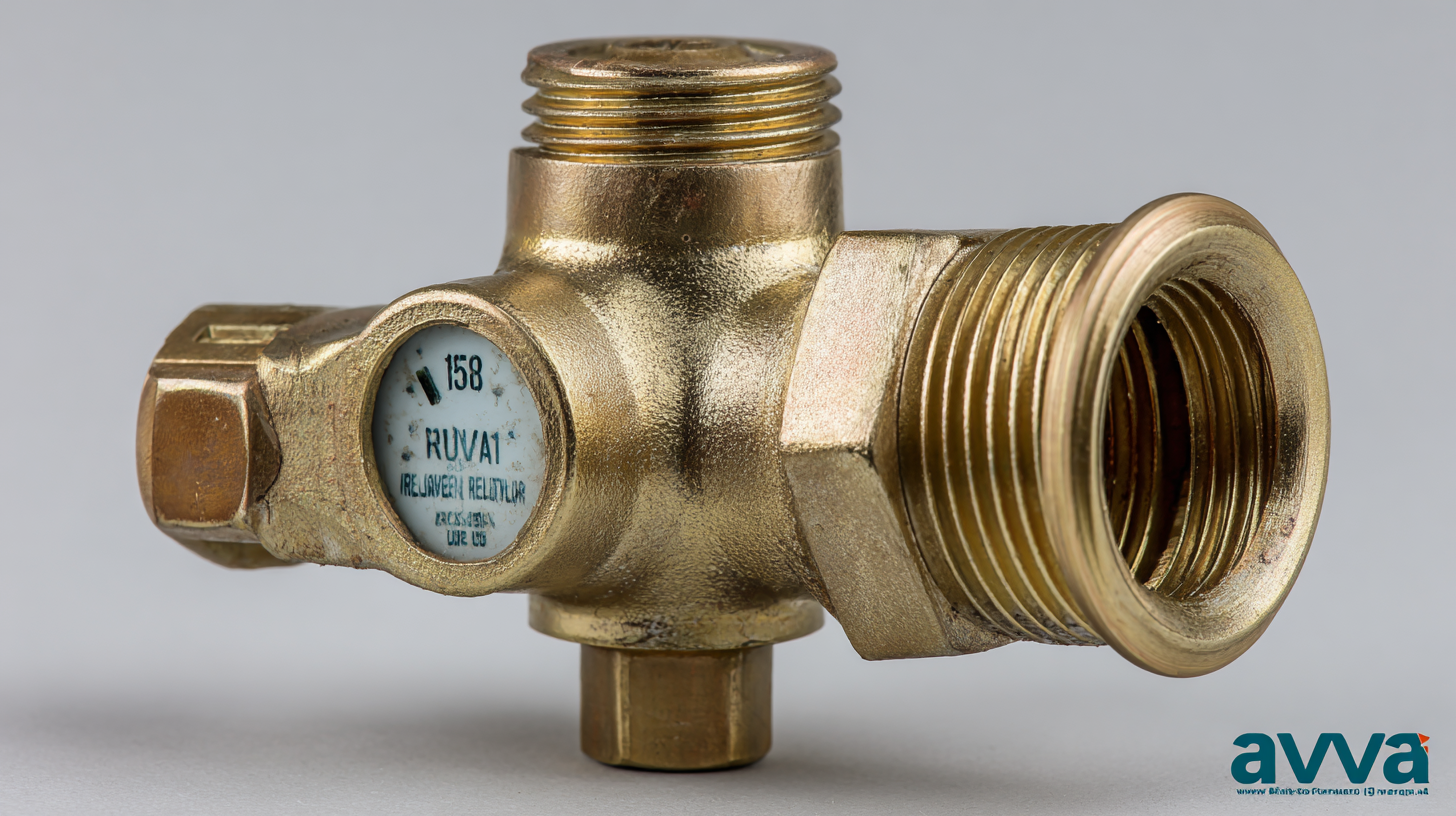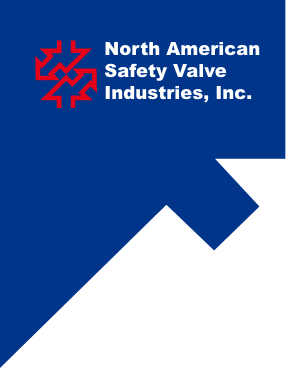Common Issues Faced by Buyers When Selecting the Best Water Pressure Regulator Valve
When it comes to maintaining an efficient and effective plumbing system, one of the critical components to consider is the Water Pressure Regulator Valve. This device plays a crucial role in managing the water pressure flowing into your home, ensuring that your appliances, fixtures, and pipes function optimally without the risk of damage caused by excessive pressure. However, selecting the right Water Pressure Regulator Valve can be a daunting task for many buyers, as there are several common issues that often arise during the decision-making process. From determining the appropriate pressure settings to understanding the various types available in the market, navigating these challenges can be overwhelming. In this blog, we will explore the most prevalent problems faced by buyers and provide valuable tips to help you make an informed choice, ensuring longevity and efficiency for your plumbing system.

Key Factors to Consider When Choosing a Water Pressure Regulator Valve
When selecting the best water pressure regulator valve, it is crucial to consider several key factors that can significantly impact performance and longevity. According to the Plumbing-Heating-Cooling Contractors Association (PHCC), maintaining proper water pressure is essential to prevent plumbing headaches and ensure efficient water usage. Most households require a pressure range between 40 to 60 PSI for optimal performance, making it vital to choose a regulator that can maintain this range without frequent adjustments.
One important factor is the size of the regulator valve, which should correspond to the plumbing system's specifications. A report by the American Society of Plumbing Engineers (ASPE) indicates that appropriately sized valves can reduce the risk of leaks and ensure consistent water flow. Additionally, material quality plays a vital role; options made from durable materials like brass or stainless steel tend to last longer and withstand corrosion better than plastic counterparts. Furthermore, pay attention to the valve's adjustment capabilities, as some models allow for fine-tuning which can cater to specific household needs, enhancing overall water efficiency.
Common Problems Buyers Encounter with Water Pressure Regulator Valves
 When it comes to selecting the best water pressure regulator valve, buyers often encounter a range of common problems that can complicate their decision-making process. One significant issue is the lack of clarity regarding the required pressure settings. According to a study by the Plumbing Manufacturers International (PMI), approximately 30% of homeowners underestimate their water pressure needs, leading to inadequate performance and potential plumbing issues. This misunderstanding can result in either inadequate water flow or excessive strain on plumbing systems.
When it comes to selecting the best water pressure regulator valve, buyers often encounter a range of common problems that can complicate their decision-making process. One significant issue is the lack of clarity regarding the required pressure settings. According to a study by the Plumbing Manufacturers International (PMI), approximately 30% of homeowners underestimate their water pressure needs, leading to inadequate performance and potential plumbing issues. This misunderstanding can result in either inadequate water flow or excessive strain on plumbing systems.
Another prevalent problem is confusion over the specifications and compatibility of different models. A report by the American Society of Plumbing Engineers (ASPE) indicates that over 40% of consumers struggle to match their regulator valves with existing piping systems. This mismatch can lead to inefficiencies in water distribution and even costly repairs. Moreover, many buyers are unaware of the variety of materials used in these valves, which can impact durability and performance. Educating oneself on these factors is essential for making an informed purchase and ensuring long-term satisfaction with the chosen water pressure regulator valve.
Real-life Applications of Water Pressure Regulators in Various Industries
Water pressure regulators are essential devices across various industries, ensuring optimal water flow while protecting equipment and improving efficiency. In residential settings, they regulate water pressure entering the home, preventing potential damage to appliances and plumbing. For instance, in agricultural applications, water pressure regulators are critical for irrigation systems. They maintain consistent pressure, optimizing water distribution and promoting better crop yields.
Moreover, in commercial environments such as hotels and restaurants, water pressure regulators play a vital role in enhancing guest experiences. By stabilizing water pressure across multiple outlets, these devices ensure that showers, faucets, and dishwashers operate effectively without interruptions. In industrial sectors, such as manufacturing and construction, pressure regulators are crucial for machinery that requires specific water pressure levels. This not only protects sensitive equipment but also reduces maintenance costs and enhances overall operational efficiency, highlighting the versatility and importance of water pressure regulators across various fields.
Understanding Different Types of Water Pressure Regulators and Their Uses
When selecting a water pressure regulator valve, it's essential to understand the different types available and their specific uses. The most common types include pressure-reducing valves, which maintain a consistent downstream pressure regardless of fluctuations in the supply line. These are crucial for protecting household plumbing from excessive pressure, preventing leaks, and extending the lifespan of appliances such as dishwashers and washing machines.

Another type is the dual-pressure regulator, which serves both the high-pressure needs of garden hoses and the lower pressure required for indoor plumbing. This versatility makes it an excellent choice for those looking to manage water for various applications simultaneously. Furthermore, there are also inline regulators designed for specific tasks, such as irrigation systems, which help deliver the right amount of pressure to ensure even watering. Understanding these varieties can significantly impact the efficiency and safety of your water system management.
Solutions to Frequent Issues with Water Pressure Regulation Systems
Selecting the right water pressure regulator valve can often present challenges for buyers, particularly when addressing common issues that arise in water pressure regulation systems. One prevalent problem is inadequate pressure reduction, which can lead to excessive wear and tear on plumbing fixtures and appliances. According to industry data, nearly 30% of homeowners experience issues with water pressure exceeding safe limits, resulting in costly repairs and water damage.
To navigate these common pitfalls, it’s essential to understand the specifications of the regulator. Ensure that the selected valve can handle the incoming pressure, which can vary significantly based on geographical location and seasonal changes. Tips for buyers include reviewing the product’s psi ratings and compatibility with existing plumbing systems to avoid future complications.
Another frequent issue is improper installation, which can negate the effectiveness of the regulator. Research indicates that up to 25% of regulation problems stem from installation errors. Buyers should consider hiring a qualified professional to ensure proper fitting and operation. Additionally, regularly monitoring the performance of the regulator can help in identifying issues early, allowing for timely adjustments or replacements to maintain optimal water pressure levels.
